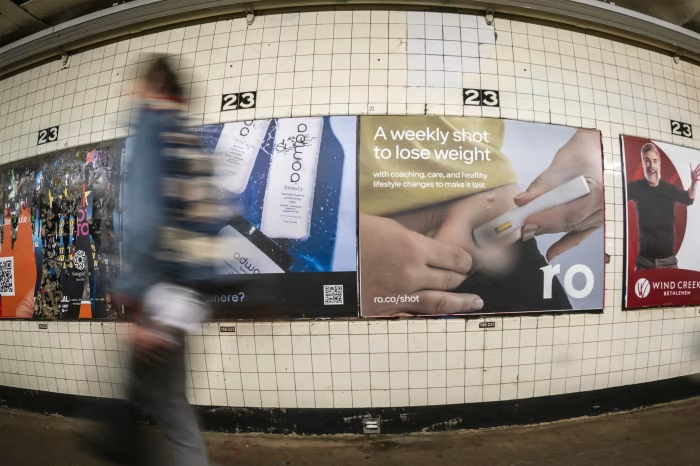What’s Happening?
President Trump has launched a major federal effort to clean up pharmaceutical advertising. A newly signed executive memorandum directs the Department of Health and Human Services and the FDA to vigorously enforce transparency in direct-to-consumer (DTC) drug ads—including television, social media, influencer content, and online pharmacies.
As part of this initiative:
- The FDA will issue approximately 100 cease-and-desist letters and thousands of warning letters to drugmakers and advertisers suspected of running misleading or inadequately balanced campaigns.
- Rulemaking is underway to close the “adequate provision” loophole, a 1997-era regulation allowing brief broadcast ads to avoid full risk disclosure by directing consumers elsewhere.
Officials at HHS and the FDA view this enforcement push as a return to stricter oversight, aiming to restore public trust eroded by the sharp rise in DTC ad volume, inadequate safety information, and hard-to-digest disclosures.
Why It Matters
- Transparency Over Persuasion
For years, drug ads have focused more on marketing buzz than patient safety. Regulators argue this latitude has contributed to over-medicalization and consumer confusion, especially in display-heavy media like social platforms and telehealth promotions. - Enforcement Dropoff Reversed
The FDA last year issued ZERO warning letters for ad violations—a sharp contrast to previous decades. This new wave signals a return to tougher enforcement and reminders for drug companies that compliance matters again. - Social Media & Influencer Focus
Ads from telehealth firms and sponsored content lacking disclosures are now explicitly targeted, reflecting concerns over stealth advertising and hidden promotions.
Key Stakeholder Responses
- Pharmaceutical Industry
PhRMA, the main industry body, affirmed its commitment to transparent, accurate messaging in ads—but flagged concerns about uneven enforcement and the risk of overreach. - Public Health Officials
HHS Secretary Robert F. Kennedy Jr. hailed the enforcement shift as a “historic change,” describing misleading ads as a “pipeline of deception” that must be shut down to protect public health.
What to Watch Next
| Area | What to Monitor |
|---|---|
| FDA Enforcement | Look for patterns and naming of companies receiving letters—could reveal uneven targeting. |
| Rulemaking Developments | Watch how the “adequate provision” changes evolve—this could reshape broadcast ad formats. |
| Advertising Spend | Big pharmas may shift budgets; expect pivot toward longer-form, risk-forward ads. |
| Legal Pushback | Any legal challenges to these enforcement actions or new rules could delay or dilute outcomes. |
| Investor Signal | Pharmaceutical companies heavily reliant on DTC promotion—especially for rare disease or lifestyle drugs—might see margin pressure or altered go-to-market strategies. |
Final Take
This federal crackdown marks a pivotal moment in pharmaceutical advertising. For years, marketing clashed with regulatory intent. Now, transparency and safety are being prioritized—and the industry must adapt or face consequences.





